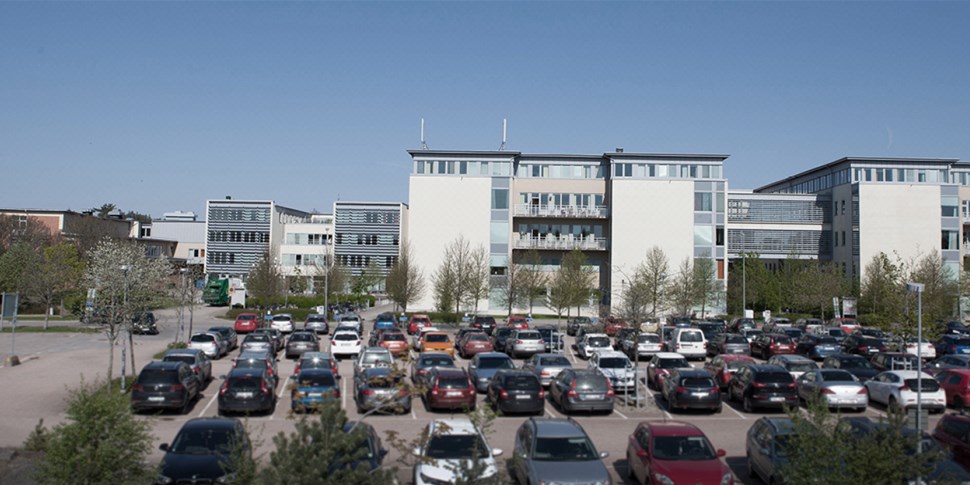
Högskolan Väst önskar God Jul! | Med snart en vecka kvar till Dopparedagen kommer här en liten julhälsning från Högskolan Väst. En juldikt som rimmar väl med rektorns alldeles egna... | By

Amazon.com: East Central University Tigers Logo Aluminum Holiday Christmas Tree Ornament - 3.0" (7.6 cm) x 3.37" (8.6 cm) : Home & Kitchen

Boulder Holiday Guide: 10 Exceptional Local Gift Ideas | About Boulder County Colorado - Visitor and Local Guide to Boulder County Colorado

Högskolan Väst - Biblioteket har ändrade öppettider fram till 24 januari Under julen är biblioteket öppet helgfria vardagar kl. 9-15. Eftersom det sedan den 14 december gäller skärpta nationella föreskrifter och allmänna


:max_bytes(150000):strip_icc()/GettyImages-1033189746-5c1d233546e0fb00016a0fbc.jpg)






/https://tf-cmsv2-journeys-media.s3.amazonaws.com/filer/4b/96/4b967bb0-53bb-433a-bc2f-fea8b407756a/fra_strasbourg_ahi15_shs_120848623jpg.jpg)




:max_bytes(150000):strip_icc()/Best-Christmas-Markets-Every-State-Open-Air-Holday-Market-Sun-Valley-FT-BLOG1222-8def48ece012479086d3788c423d2c72.jpg)






